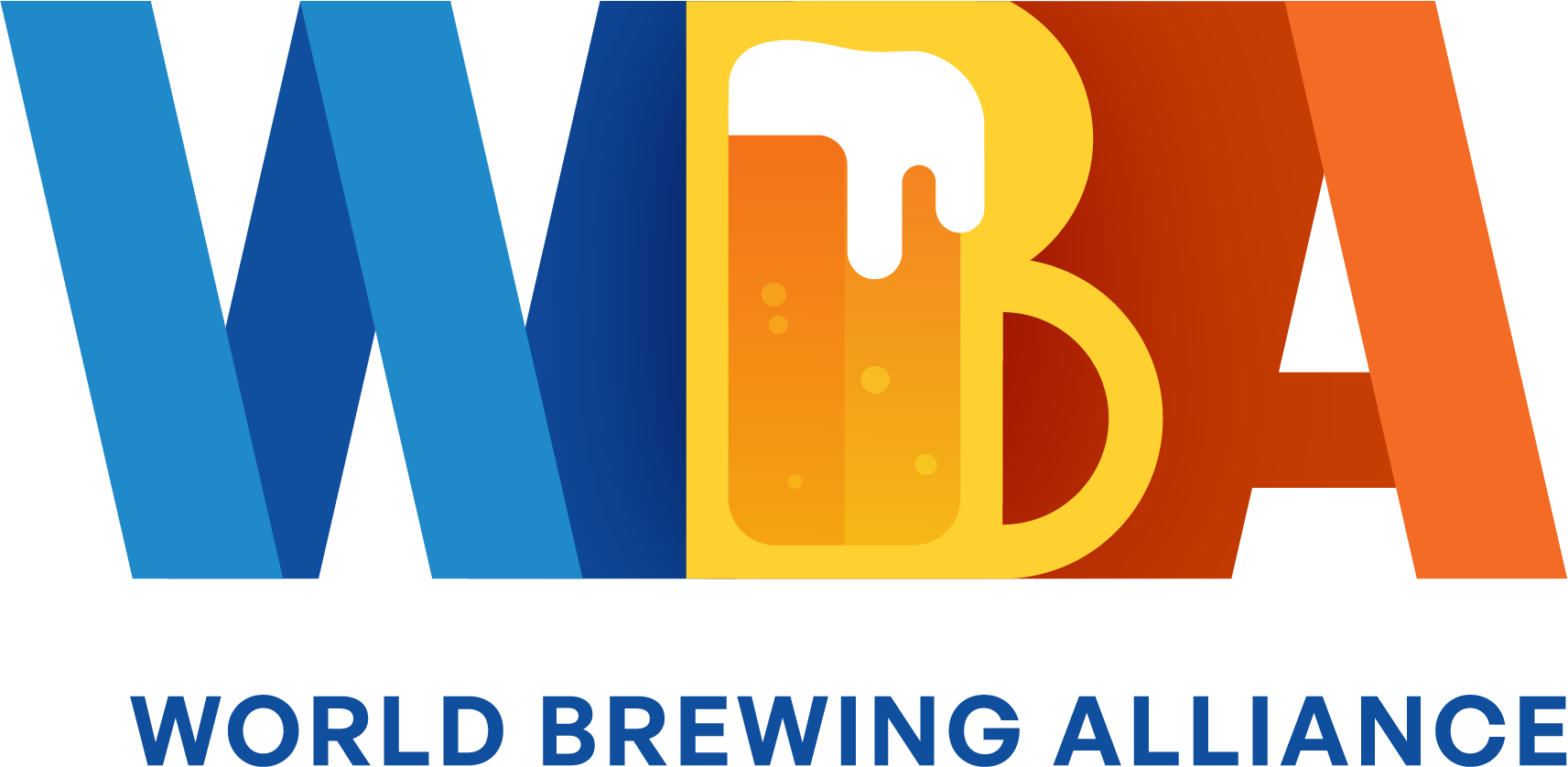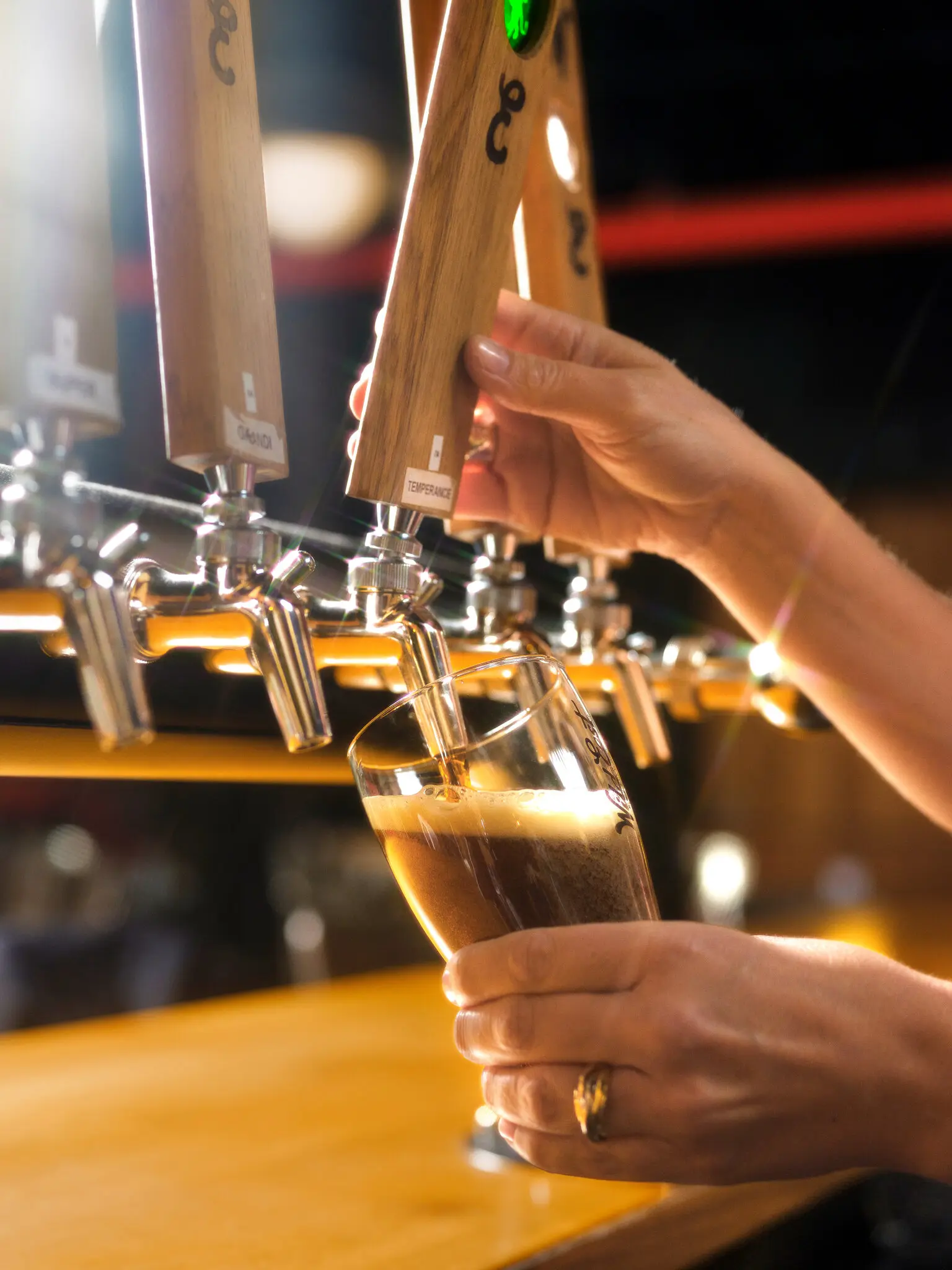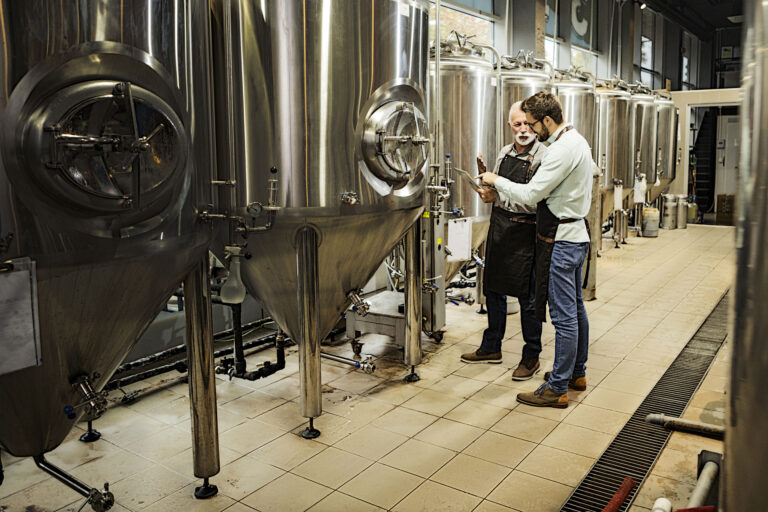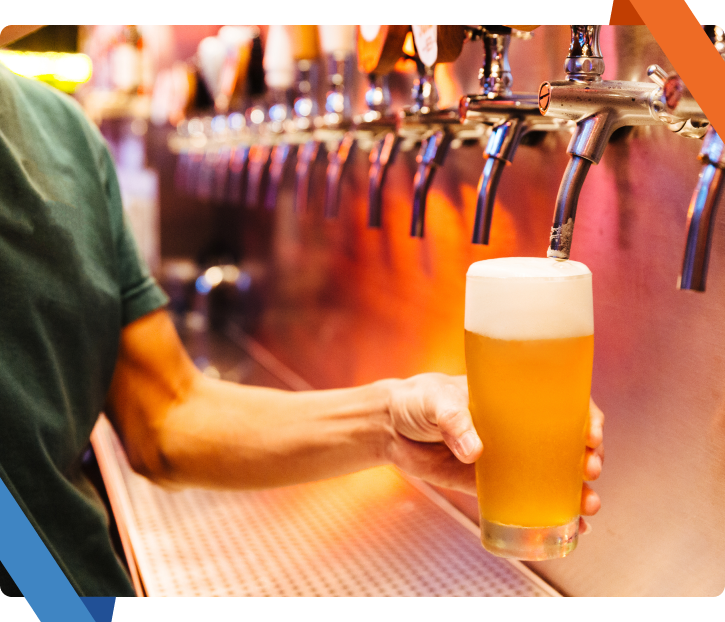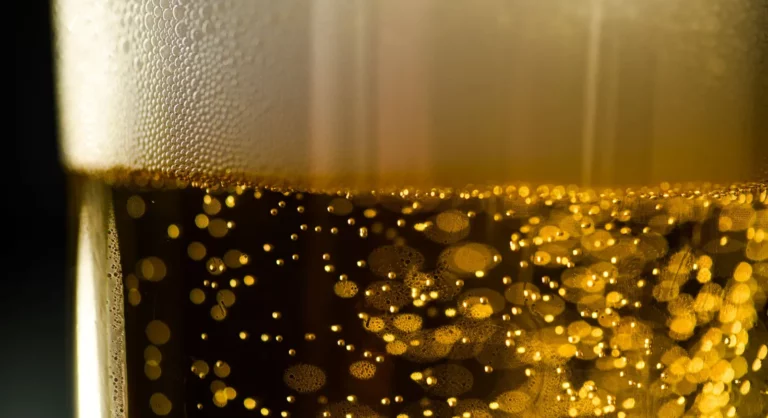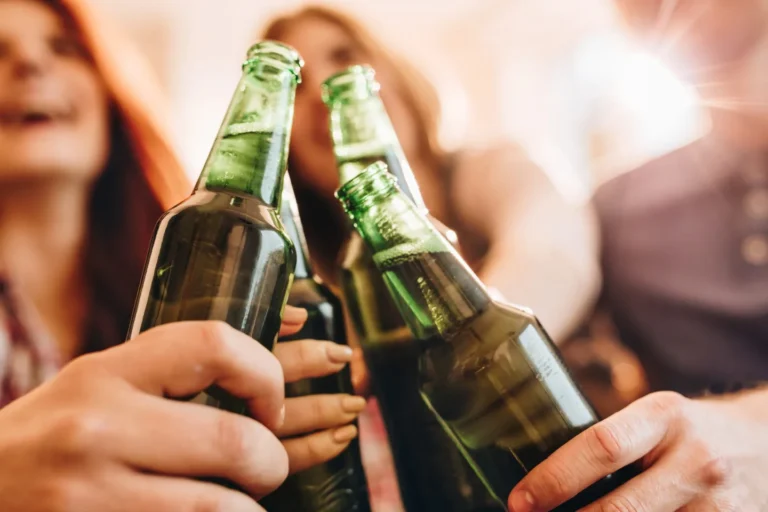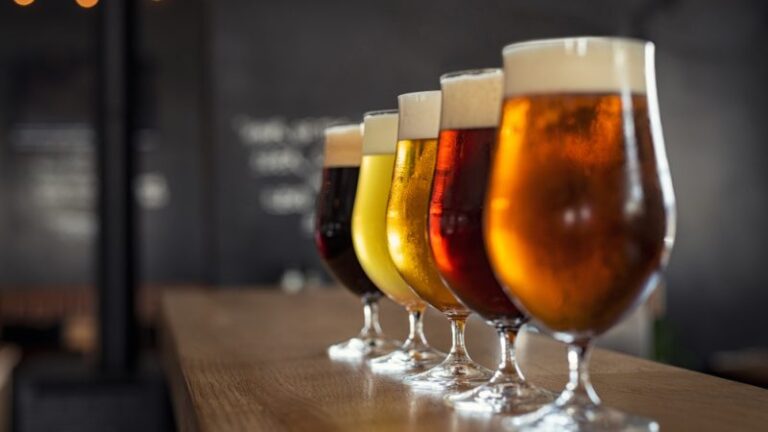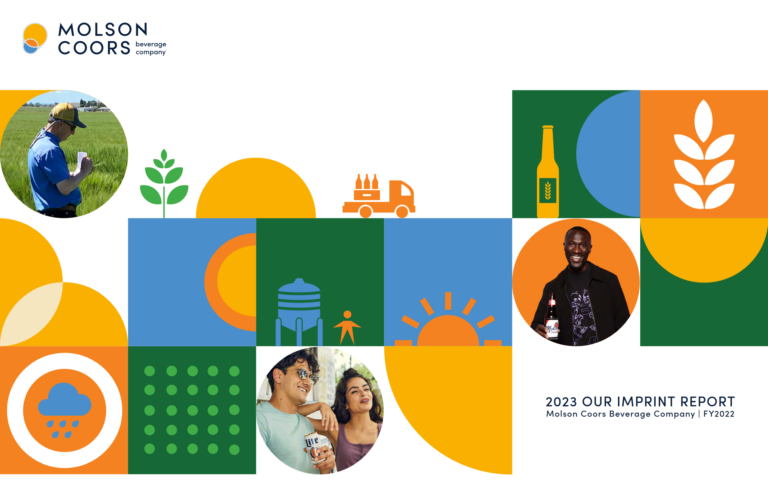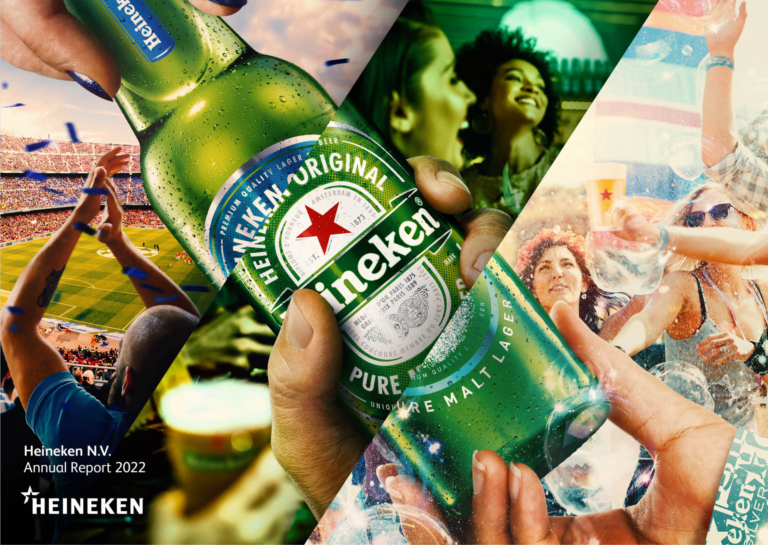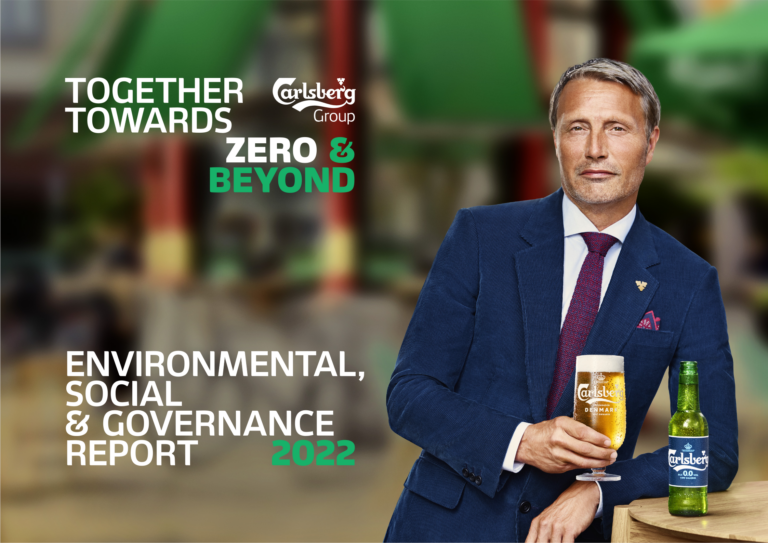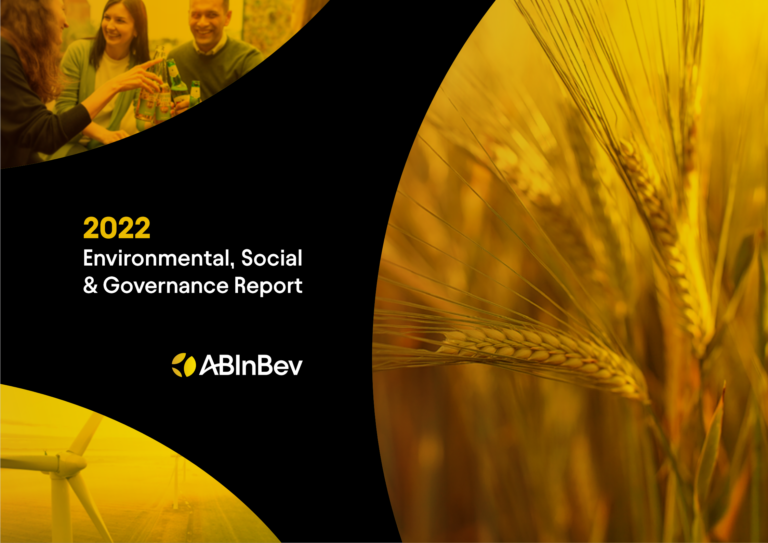One summer day in 2018, Sean Boisson was washing his car in Sonoma, Calif., when a bubbly little epiphany arrived. He asked his younger sister, Brittany Rossi, who was helping, if she wanted a second beer — a domestic lager low in alcohol, but not quite low enough. “She was like: ‘No, I’ve got to drive. I can only have one,’” Mr. Boisson recalled.
What about a lower-alcohol beer? “I had the spark on a Wednesday, and I quit my job on Friday,” said Mr. Boisson, who has worked for SpikedSeltzer and for Vita Coco, a coconut-water brand.
Mr. Boisson partnered with a friend, Mathew Rohrs, to found Bella Snow Soft Ale, focusing on ales with no more than 2.4 percent alcohol by volume (A.B.V.), about half the strength of a Budweiser. (The federal government lets breweries label beers less than 2.5 percent “low alcohol.”) “There’s just this completely unexplored space,” said Mr. Boisson, who started Bella Snow in June 2020.
American brewing excels at extremes, delivering brawny stouts and I.P.A.s as well as nonalcoholic beers that are growing in quality and sales. But for drinkers seeking a moderate option, not abstinence, breweries are increasingly making compelling beers that weigh in at 2 and 3 percent alcohol, below the typical 4 percent floor for light lagers. (Bud Light is 4.2 percent.)

Jack’s Abby Craft Lagers, in Framingham, Mass., created a series of low-A.B.V. beers it calls the 2% Beer Initiative, and one of the best sellers at Hermit Thrush Brewery, in Brattleboro, Vt., is Party Guy, a sour ale with an alcohol level of 3 percent. “I would much rather have two beers and not fall over,” said Christophe Gagné, an owner and the brewmaster.
Lower-alcohol beers are stitched into the drinking fabric of Scandinavia and pub-rich England, where taxation increases as alcohol content rises. In the United States, lower-alcohol beers align with the growing popularity of moderate-strength wine and spirits like Easy Wine and Lo-Fi Aperitifs.
“You don’t need to blast people in the face with alcohol,” said Todd DiMatteo, an owner and the brewer of Good Word Brewing & Public House, which in April will host its second annual Little Beer festival in Duluth, Ga.
American craft brewing is entering its fifth decade, and the industry’s audience is maturing as well. “We’re not surprised that lower-A.B.V. beers are coming of age because, well, millennials are coming of age,” said Lester Jones, the chief economist for the National Beer Wholesalers Association.
Editors’ Picks
Want a Vacation Souvenir? Buy Toothpaste.Satellites Show Mysterious Fairy Circles in More Parts of the WorldWhat to Do About Painful Sex After Menopause



As people get older and responsibilities stack up, they tend to consume less alcohol. “The 40-year-old liver is not the same as a 25-year-old liver,” said Garrett Oliver, the brewmaster at Brooklyn Brewery, which introduced Fuzzy Details, a hazy I.P.A. that is 2.5 percent alcohol, at its taproom in December. Mr. Oliver fondly recalled the brewery’s Black Light, a 2.2 percent stout. “I could have a pint and just go straight to the gym,” Mr. Oliver said.
When Luc Lafontaine brews, he doesn’t drink much water. “I drink beer,” said Mr. Lafontaine, an owner and the brewmaster of Godspeed Brewery in Toronto. His go-to is Baby Světlý, his Czech-style pale lager that, at 1.5 percent alcohol, is a warm-weather favorite.
Building quality low-alcohol beer is a balancing act. Brewers must use less malt — the grains supplying the sugars that are fermented into alcohol — and too many hops can create clashing bitterness and flavor. Mr. Lafontaine uses imported Czech malt and hops, and carefully adjusts water chemistry. “I want to go as low as 1” percent, he said of Baby Světlý’s alcohol level.
One complaint about low-alcohol beers is that they can taste watery. To brew Buzzard, a 3 percent “hoppy small beer” released in January, Matt Young, the director of brewing operations at the Chicago brewery Half Acre, boosted the body with wheat. He also leaned on fragrant hop extracts and Cosmic Punch, a yeast strain that imparts complementary tropical aromas. Buzzard costs $10.99 for four 16-ounce cans, or $1 less than several stronger I.P.A.s.
“Just because there’s less alcohol doesn’t means that it was cheaper to produce,” Mr. Young said.
Mr. Boisson released two versions of Bella Snow Soft Ale, flavored with mandarin or grapefruit, in four-packs of 12-ounce cans sold for $7.99. “It was a low enough price point where people would try it,” Mr. Boisson said, adding that half the return customers are baby-boomer men. After decades of drinking, “they just know they shouldn’t have as much,” he said.
Going low while others go high can also help breweries stand apart. Wild East Brewing, in Brooklyn, conceived Temperance, a 3.5 percent English-inspired dark mild, as a one-off, “but it sells consistently year-round,” said Brett Taylor, a founder and the head of brewing. Wild East produces other low-alcohol beers, like a 3 percent farmhouse ale aged in oak and scheduled for release in April. After years of high-intensity beers, “I think this is a natural correction,” Mr. Taylor said.
When Cheyne Tessier and his wife, Erika, opened Origin Beer Project in Cranston, R.I., in fall 2020, their first release was Small Victories, a 3.5 percent Czech-style pale lager aged on oak staves. “No one was doing that in Rhode Island,” said Mr. Tessier, the brewer.


Strong consumer response led the couple to make lower-alcohol beers that have become central to Origin’s lineup of beers and branding. They’ve sold sweatshirts proclaiming “low ABV,” and rustic ales like the 2.5 percent Dystopian Fields, which is seasoned with rose hips, spruce tips and pineapple sage. It delivers a memorable flavor, interesting without being inebriating even if you have a few.
“It’s not about consuming alcohol to get drunk,” Mr. Tessier said.
Five Lower-Alcohol Beers to Try
Hermit Thrush Brewery Party Guy (3 percent A.B.V.) Brattleboro, Vt., 16 ounces, $3 to $4
Lemony and lively, this sour ale is an ideal aperitif.
Wild East Brewing Co. Temperance (3.5 percent A.B.V.) Brooklyn, N.Y., 16 ounces, $4
English brewing traditions inform this midday-friendly dark ale redolent of roasted coffee.
Live Oak Brewing Company Grodziskie (3 percent A.B.V.) Del Valle, Texas, 12 ounces, $2
Inspired by an ancient Polish beer, the spritzy Grodziskie stars oak-smoked wheat malt. Try one with barbecue.
Bell’s Brewery Light Hearted Ale (3.7 percent A.B.V.) Comstock, Mich., 12 ounces, $2
The lower-strength sibling to the well-known Two Hearted Ale, an I.PA., delivers scents of citrus and pine.
Jester King Le Petit Prince (3.4 percent A.B.V.), Austin, Texas, 750ml, $11
This bone-dry farmhouse ale is fermented with wild yeast and bacteria captured near the brewery.
